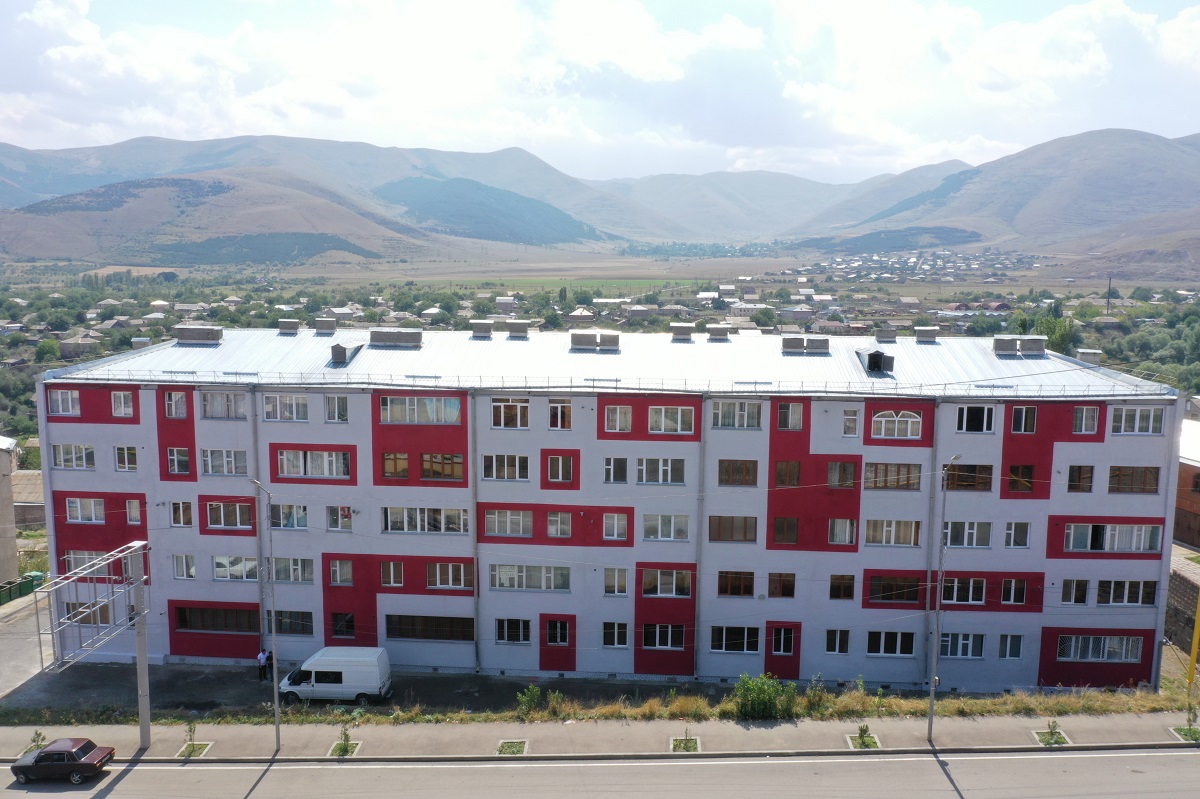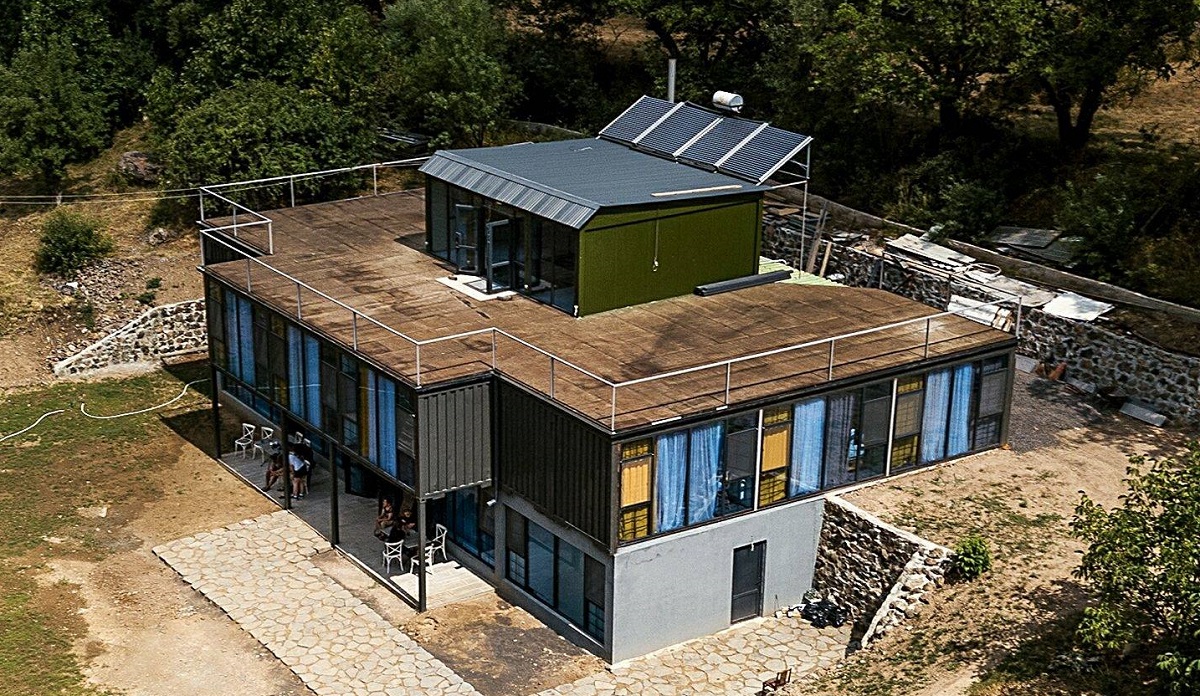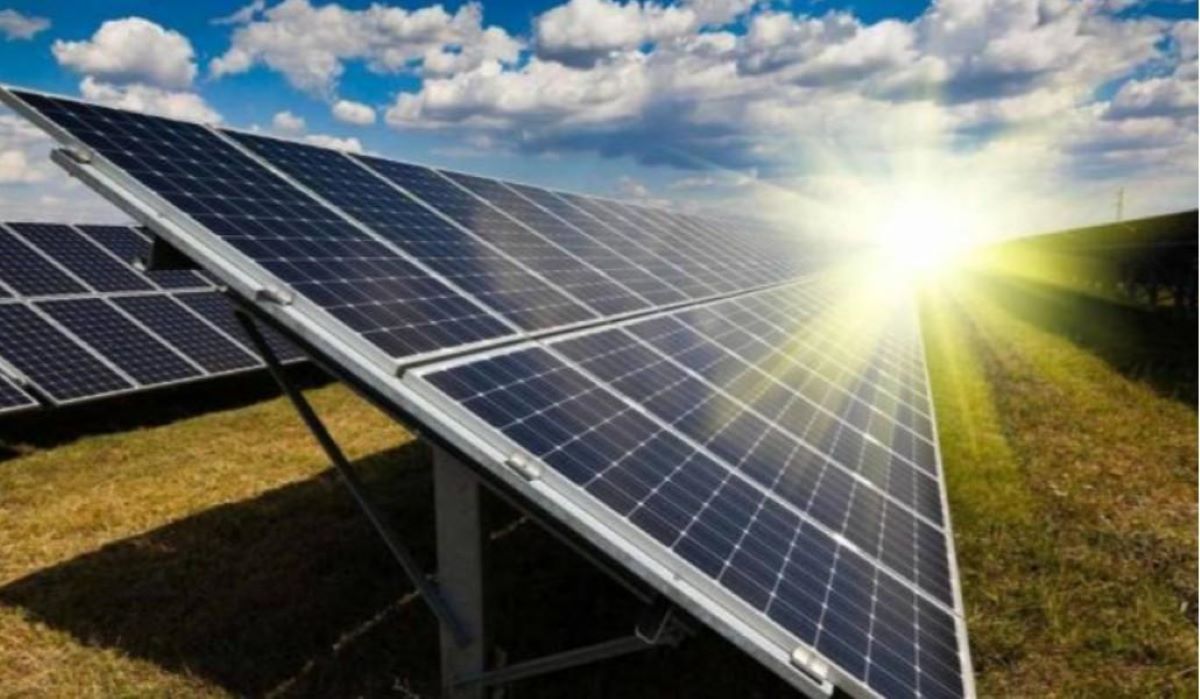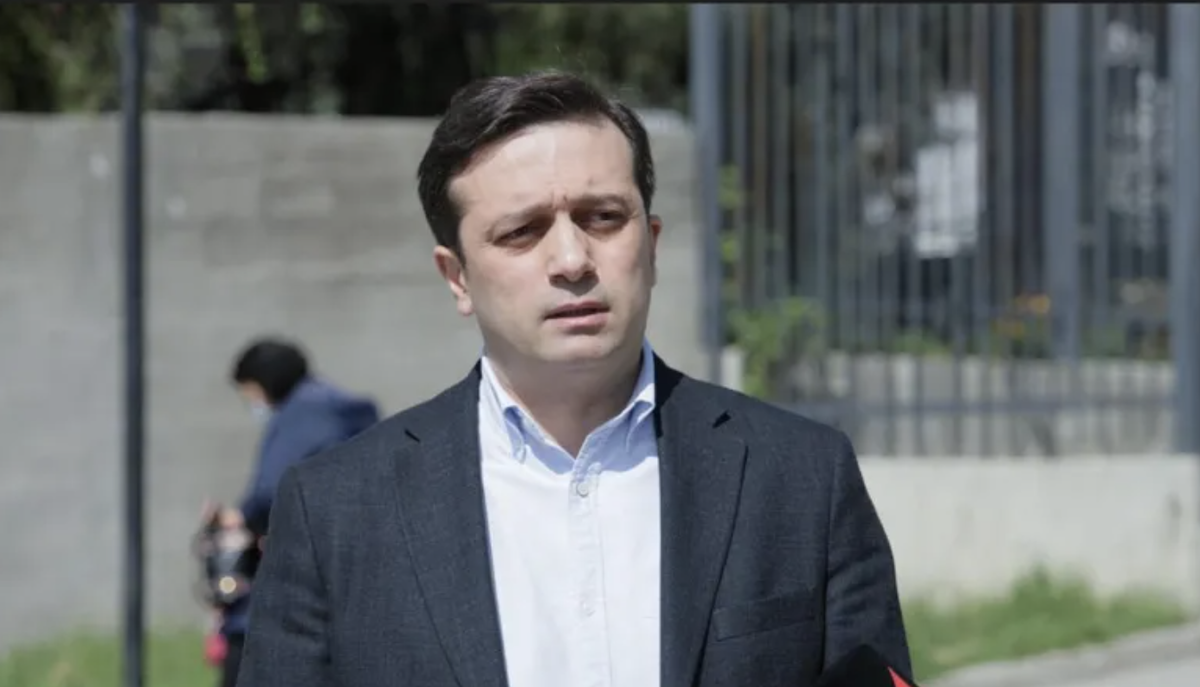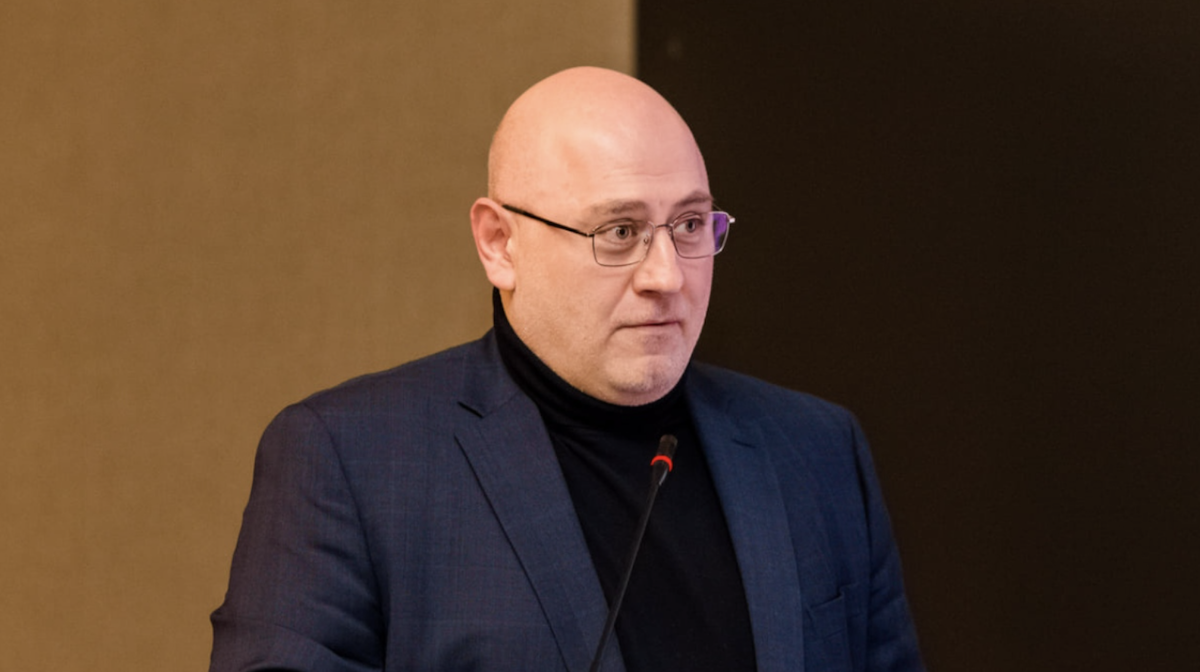Renovating buildings for energy efficiency: saving money, helping Armenia
Energy-efficient renovation of buildings in Armenia
In Armenia, as in the rest of the world, improving energy efficiency is a key priority. Local organisations and international programmes are working to reduce energy loss and cut electricity use.
A look at the steps being taken in Armenia.
- “Nationalisation of Armenia’s electric networks would collapse Russian influence”: Opinion
- Residents of Armenia’s “Siberia” using alternative heat sources
- Free electricity trade in Armenia: what does it actually mean?
What is energy efficiency?
Improving energy efficiency means taking steps like insulating external walls, replacing old lighting with energy-saving lamps, upgrading basements and roofs, and installing water heaters and solar panels. All of this helps reduce overall energy consumption.
Lower electricity use also means fewer greenhouse gas emissions, making the environment safer and healthier.
At the same time, people save money and enjoy more comfortable homes. Experts say these efforts also help reduce “energy poverty” across the country.
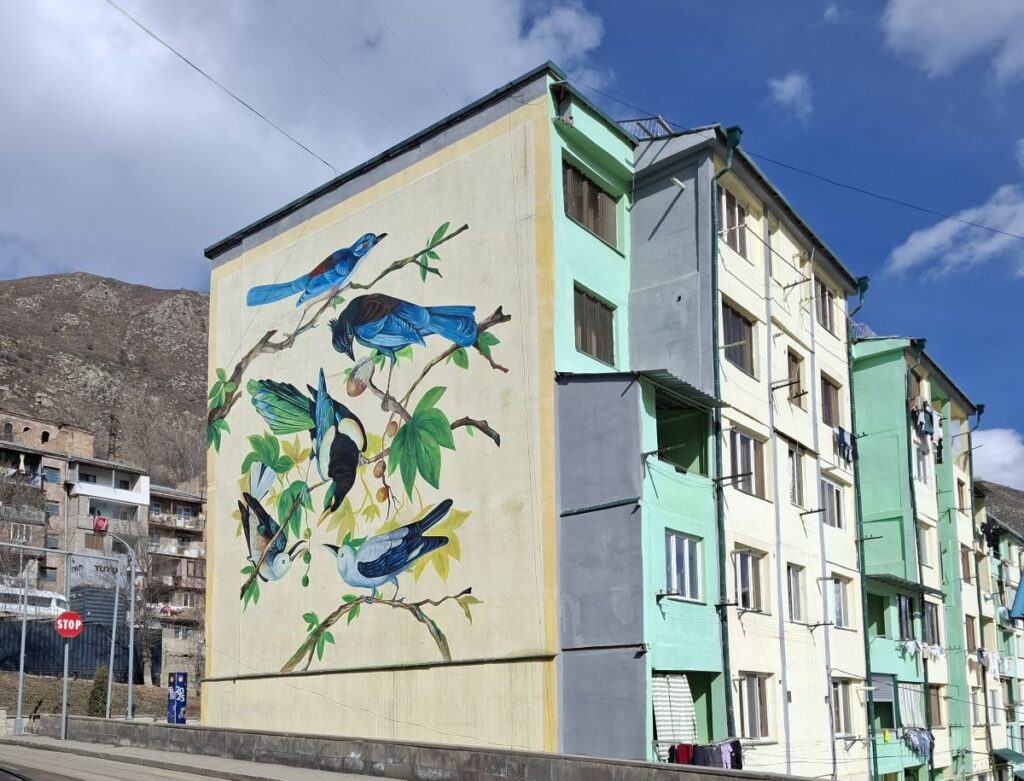
Energy efficiency improves quality of life
Manvel Gevorgyan lives in the town of Kajaran, in Armenia’s Syunik region. The building he lives in was renovated three years ago as part of a joint project by the UN Development Programme and the Green Climate Fund, aimed at improving energy efficiency in residential buildings.
He says many people like the new look of the renovated buildings — but for him, the biggest benefit is the savings on heating.
“My wife and I are pensioners, we don’t work. We live in a three-room apartment. Before the renovation, we could only afford to heat and use one room during winter,” Gevorgyan says.

Since the renovation, Manvel says they now heat all three rooms — and still end up paying less than before:
“Back then, we used to pay 25,000–30,000 drams [$65–79] per month for electricity during the winter. Now it’s 15,000–20,000 [$39–52], and the whole flat stays warm. At our age, catching a cold could cause serious health problems. Our children don’t live in Armenia — there’s no one here to look after us.”
Manvel believes the city authorities should continue working with the UN Development Programme to renovate all buildings. That way, he says, everyone in Kajaran could live in decent conditions — warm in winter, cool in summer. He also thinks better living standards might persuade people to stay in the town rather than moving to the capital or abroad.
“When you walk through the streets of Kajaran, your mood lifts. It’s like the city has been given a new life. The buildings are colourful, people’s homes are warmer, utility bills are lower. People’s outlook changes when they start living in better conditions,” he says.
‘Everyone wants to cut costs’
The NGO Sustainable Development, based in Kapan, is also helping local residents improve the energy efficiency of their homes. The organisation’s head, Armen Parsadanyan, says the building renovation programmes have made a big difference in the city.
“Even people whose buildings weren’t direct beneficiaries of these projects saw the impact with their own eyes. They heard from friends and relatives how energy use went down thanks to things like LED lighting, wall insulation, and new front doors. If you visit construction supply stores, you’ll see people are asking about and buying materials that improve energy efficiency,” Parsadanyan explains.
He believes that in the coming years, more people will aim for energy-efficient homes — simply because everyone wants to spend less on energy:
“It would be great to train local specialists in the regions who can guide people through the process. They could offer advice on how to make homes more energy-efficient. People are ready to invest in long-term solutions like this.”
About the energy-efficient building renovation programme
In Armenia, residential buildings are among the main consumers of electricity. The country has a continental climate with cold winters, and with average temperatures around -5°C, the heating season is long. This leads to high energy use in buildings during certain months. Most greenhouse gas emissions in Armenia are linked to electricity production.
The project De-risking and Scaling-up Investment in Energy Efficient Building Retrofits is implemented by the UN Development Programme’s Armenia office, with funding from the Green Climate Fund. The Armenian Ministry of Environment coordinates the work.
The programme aims to boost investment in energy-efficient renovations and, in doing so, helps cut greenhouse gas emissions.
So far, 174 residential buildings and 77 public buildings — including schools, kindergartens, cultural centres, and healthcare facilities — have been renovated. Work is under way on another 183 residential and public buildings.
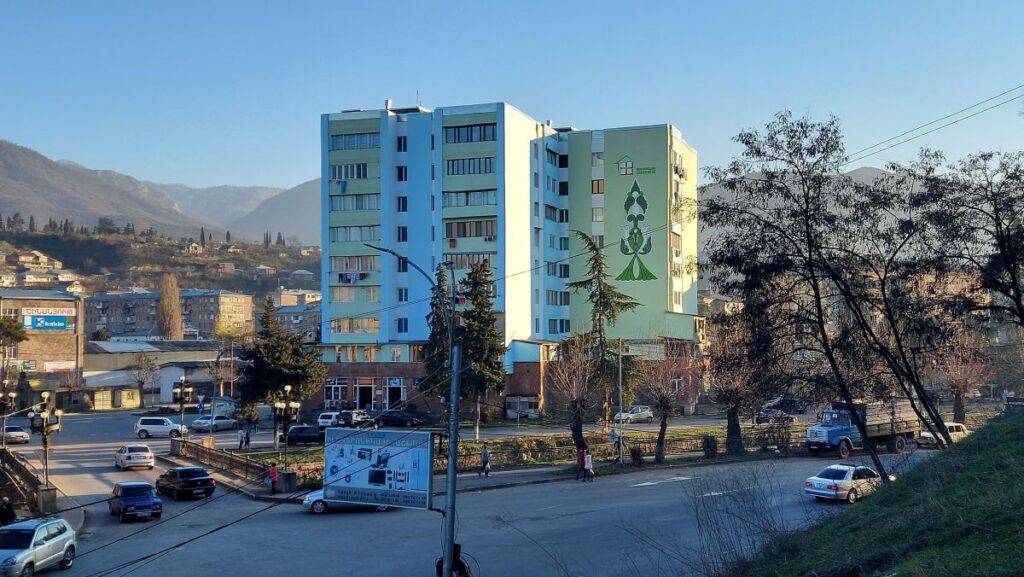
Programme results
According to Natia Natsvlishvili, UNDP’s Resident Representative in Armenia, the project is addressing multiple challenges:
“Through renovation and energy efficiency measures in residential and public buildings, we’re showing how energy consumption can be reduced. People’s quality of life is improving — homes are warmer in winter, cooler in summer. Heating and cooling costs are going down. And property values in renovated buildings are rising.”
The programme also has a notable impact in terms of climate action. Continued investment over the next 20 years is expected to reduce greenhouse gas emissions by 1.1 million tonnes.
“Buildings account for a significant share of emissions. When energy efficiency measures are introduced, energy consumption drops — and so do emissions. That’s a very important outcome within Armenia’s broader efforts to combat climate change,” says Armen Yesoyan, head of the Environmental Project Implementation Unit.










